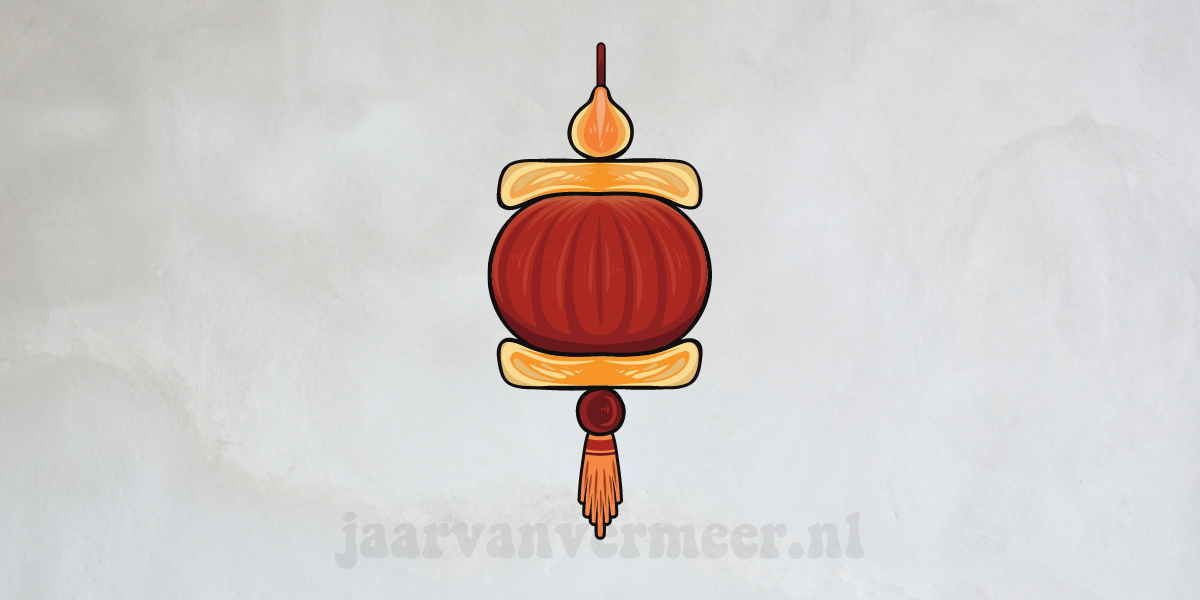
The internet is connecting the world, and international corporations do business in all time zones. Understanding the culture of Chinese companies and doing business with them can help you improve your business and social relationships. Invite your Chinese colleagues to join you in celebrating these traditional Chinese holidays.
Dragon Boar Festival
The Chinese celebrate Qu Yuan, a renowned poet who lived between 340-278 BC, on the fifth day of the fifth lunar month in the Chinese lunar calendar. He was loved by many, but he was exiled by the local King. The suicide attempt was made by him. His body was thrown into the Miluo River, and the village chased it down in its (now called) dragon boats.
Although dragon boat races have been held since China’s founding, the Chinese government recognized them only as a sport in 2008. Today, there are thousands of people from more than 50 countries who race their boats after the “poet” they were named.
Children’s Day
Children’s Day in China is June 1, and other countries around the globe celebrate it. It was established in Switzerland in 1925 by 54 international emissaries who met to discuss the welfare and needs of the world’s children. The “World Conference for the Well-being of Children,” which passed the Geneva Declaration Protecting Children, urged countries to safeguard their child populations against poverty, child labor practices, and reduced educational opportunities.
Arbor Day
The tree’s traditional celebration began in Nebraska (United States) in 1827. However, it was adopted by the Chinese in 1927. A Nanking University ranking administrator submitted the idea of a National Celebration of the Tree in 1914 to the Republic of China ministers. They initially rejected it. The concept of Dr. Sun Yat-sen’s National Celebration of the Tree was revived after his death. It was created as a tribute to him since he was such an avid supporter of forestation projects.
The People’s Republic of China adopted the idea in 1981 and made March 12 its official Arbor Day holiday. Millions of participants from around the world and China plant trees on their own and public properties to beautify their communities and clean their air.
Qingming Festival
This Chinese springtime rite is celebrated in April; this year, it is April 4. This holiday celebrates spring’s emergence and pays respect to the dead.
The holiday is believed to have been founded as early as 2,500 years ago. It was initially created to honor the loyalty of a royal subject who had died. The two celebratory elements of the holiday were combined when the reverent day coincided with spring’s blooming.
Festival-goers can enjoy outdoor activities, kite flying, and swing riding to celebrate spring. The “respectful” festival’s central component is “tomb-sweeping.” The ancestral tombs of the deceased are cleaned, and their gardens are weeded. To ensure that they have enough food and money, the dead’s favorite food and money-representative paper are offered as an offering.
Lantern Festival
The Lantern Festival is perhaps the most famous festival. It occurs every year on the 15th of the lunar month. It was this year celebrated on February 22.
The beauty of paper and silk lanterns has been celebrated by the Chinese and other Asian nations for more than 2000 years. The lanterns were initially used to honor Buddha. They became more common after an ancient emperor ordered that all temples be lit with lights. There are many types of lamps that the Chinese have created, including fixed, floating, and flying lanterns. The festival is also associated with many dances, such as dragon and lion dances. The festival features traditional Chinese imagery on thousands of illuminated lanterns.
Understanding the culture of your coworkers is essential for international business. Your knowledge of traditional Chinese festivals will be appreciated by your Chinese counterparts.
MI Translations is committed to providing high-quality, accurate translation services. Our team and the processes that we use to guide our work have helped us stand out.